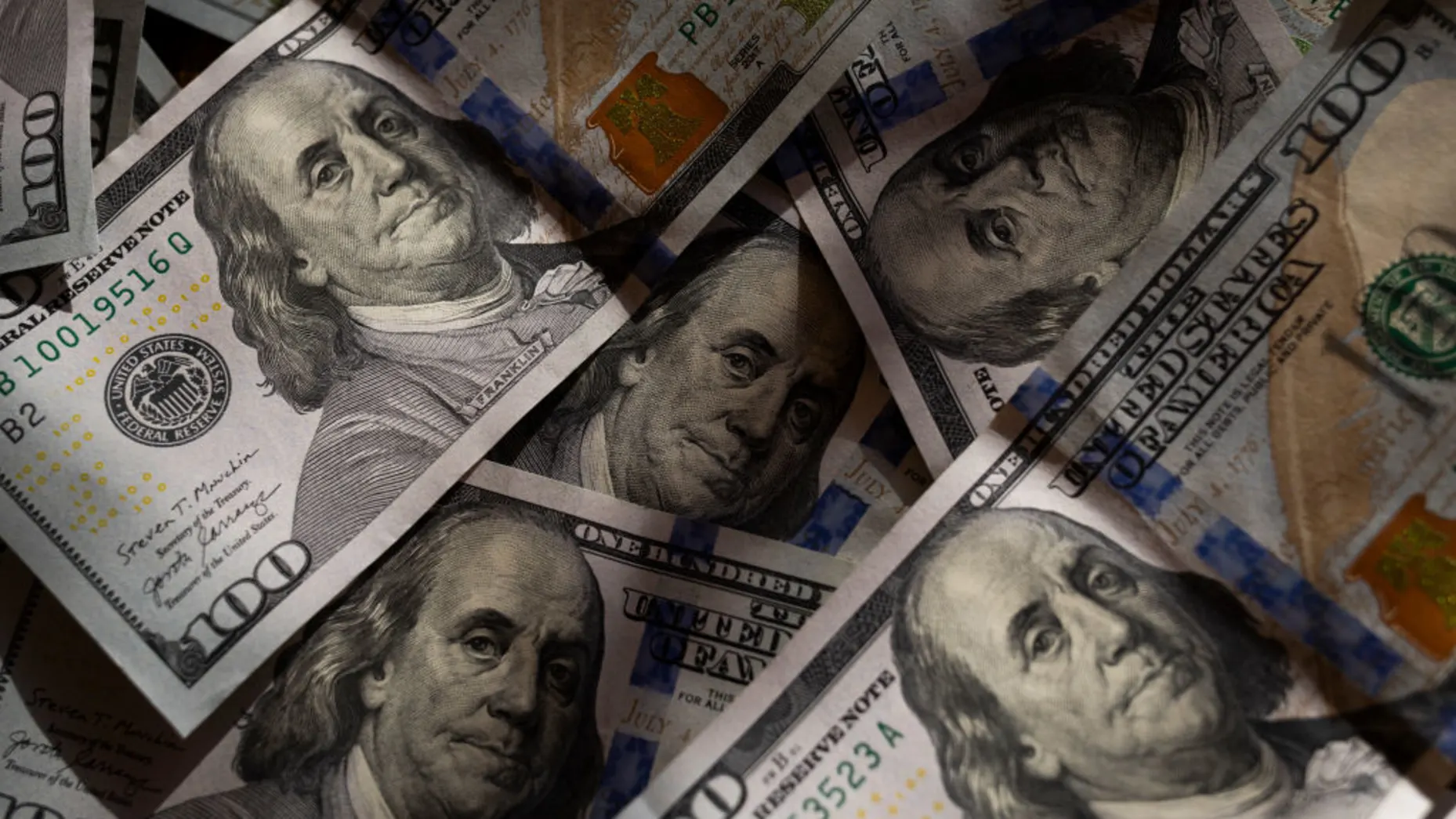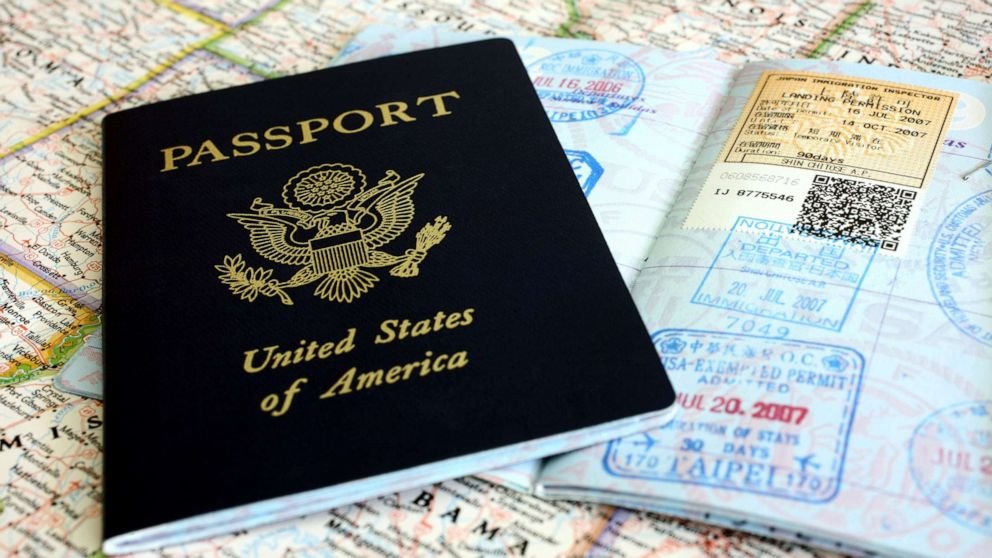The U.S. dollar remained confined to a narrow range on Tuesday, recovering slightly after a dip at the start of the week. Investors stayed cautious, keeping a close eye on upcoming trade negotiations ahead of the looming August 1 deadline. Countries that fail to strike deals with Washington by then could face steep new tariffs.
In Asia, the Japanese yen held onto gains made in the previous session. The currency had strengthened after weekend elections for Japan’s upper house showed results that, while not great for the ruling coalition, were largely in line with expectations. Now, attention is on how quickly Tokyo can reach a trade agreement with the U.S. and what the election outcome means for Prime Minister Shigeru Ishiba’s hold on power.
The yen was last a shade weaker at 147.57 per dollar, after jumping 1% on Monday. Despite a bruising loss for Ishiba and his coalition, Japanese markets responded mildly as they reopened after a holiday.
“There was initial relief for the yen that the coalition didn’t lose more seats and that Prime Minister Ishiba intends to stay in office,” said Lee Hardman, senior currency analyst at MUFG. “But that relief may not last long. Rising political uncertainty could make it harder for Japan to reach a trade deal with the U.S., which could hurt both the yen and the broader economy.”
With just over a week left before the deadline, U.S. Treasury Secretary Scott Bessent said on Monday that the administration is focused more on the quality of trade agreements than on when they’re finalized. Asked if extensions might be possible for countries making progress, Bessent noted that President Donald Trump would make that call.
The lack of clarity around global tariffs has been a major drag on the currency markets, keeping most major pairs in tight ranges even as Wall Street stocks have notched new highs.
“Whatever happens on August 1 doesn’t have to be final, as long as the U.S. is open to more talks, something Trump alluded to in his letters two weeks ago,” said Thierry Wizman, global FX and rates strategist at Macquarie Group.
The dollar remained flat overall after slipping in the previous session, pressured by a dip in U.S. Treasury yields and the yen’s strength. Sterling was last down 0.13% at $1.3474, while the euro edged slightly lower to $1.1689. Investors are also awaiting a rate decision from the European Central Bank later this week, though no changes to policy are expected.
EU diplomats say the European Union is preparing a broader set of potential countermeasures as the chances of a deal with Washington appear to be fading.
Against a basket of currencies, the dollar ticked up to 97.882, after falling 0.6% on Monday.Adding to market nerves are concerns about the Federal Reserve’s independence. President Trump has frequently criticized Fed Chair Jerome Powell and even urged him to step down over the central bank’s hesitation to cut interest rates.
“Our base case is that strong U.S. data and tariff-related inflation will keep the Fed on hold through 2026,” said Jonas Goltermann, deputy chief markets economist at Capital Economics. “That would help the dollar strengthen in the months ahead, but of course, that depends heavily on what the White House decides to do.”
Elsewhere, the Australian dollar slipped to $0.65215, and the New Zealand dollar dipped 0.09% to $0.5963.Minutes from the Reserve Bank of Australia’s latest meeting, released Tuesday, showed officials believed that a third rate cut in just four meetings would not align with their strategy of gradual and cautious easing.





